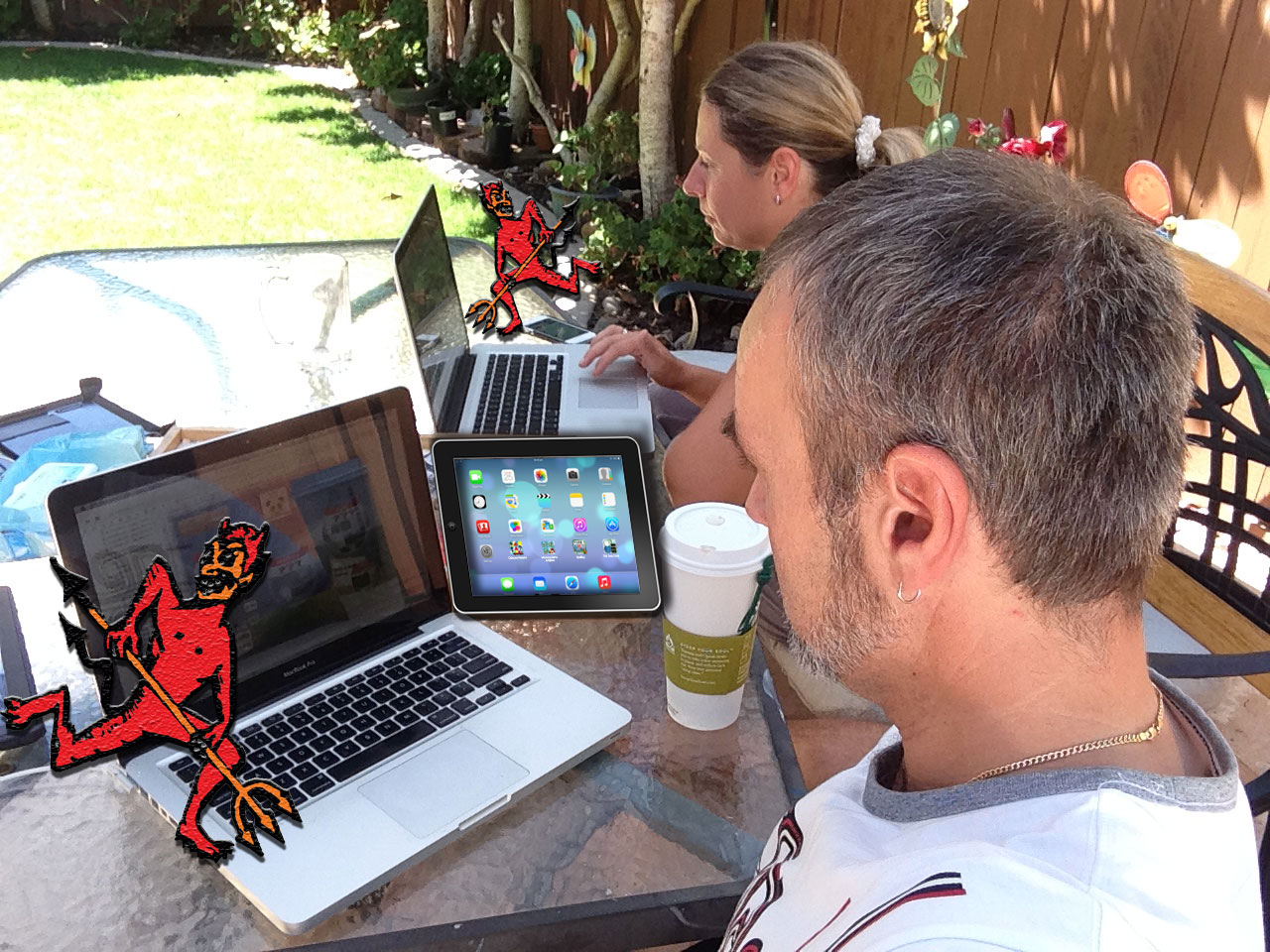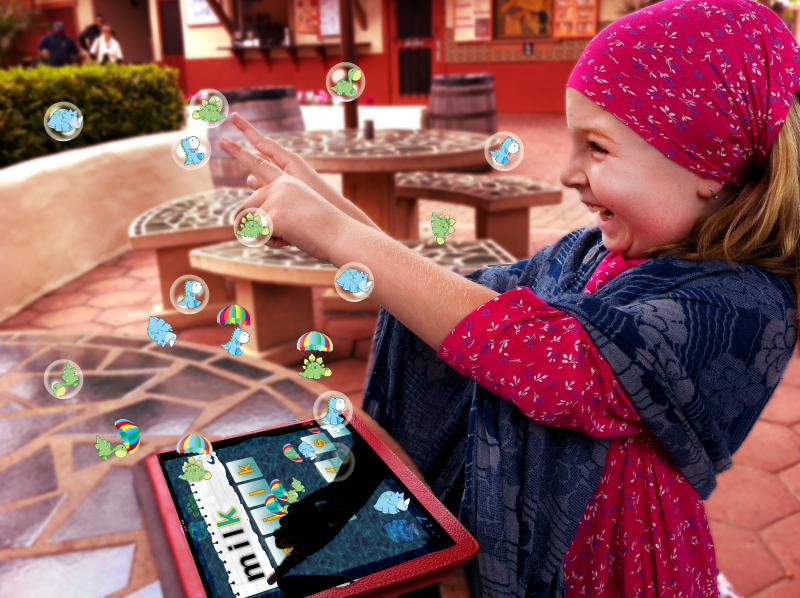 it’s the age of foolishness… It is the time when information flows from one part of the world to another in milliseconds. Very often it is without control, or without intention that we put our identities, our bank accounts, and even our lives at risk. Children and minors should always talk to their parents / teachers or a trusted adult about their online activities.
it’s the age of foolishness… It is the time when information flows from one part of the world to another in milliseconds. Very often it is without control, or without intention that we put our identities, our bank accounts, and even our lives at risk. Children and minors should always talk to their parents / teachers or a trusted adult about their online activities.
Here are 7 things to have in mind when it comes to INTERNET SAFETY:
1. Identity Safety
– Sharing your address, phone, social security, bank info, and password places you at risk for identity theft.
– Online copies can be copied and altered.
– Phishing scams look to ‘hook’ you into giving out your personal information.
The U.S. Department of Education established the Privacy Technical Assistance Center (PTAC) as a resource for educators to learn about data privacy, confidentiality, and security practices related to student-level longitudinal data systems and other uses of student data. For more information go to https://tech.ed.gov/PTAC
2. Social Networks
– Think before you post; your profile represents you!
– Set your profile to private.
– Know who is on your ‘friends list’.
– Don’t be hesitant; report offensive postings.
– Meeting friend-to-friend (friends from social networks) is risky; don’t do it or take a trusted adult.
Students are often connected with people they do not know. Once they hit share, their post goes out to their network, their network’s network, and so on. Remind students that if they would not share information with a stranger on the street, they should not share it online.
3. Cyberbullying
– If you wouldn’t say it friend-to-friend, don’t say it online or pass it on.
– Don’t respond to or meet with a cyberbully.
– Save proof: text messages, e-mails, screenshots, IM logs, blogs, etc.
– Tell a trusted adult who can:
- file a complaint with the online provider.
- contact the cyberbully’s parents.
- contact a lawyer or file a small claims action.
Social networks give students courage they do not have in face-to-face environment. Sometimes that courage can lead to negative and dangerous consequences / situations. In most cases, this is considered cyber-bullying, which most students agree is a problem. Encourage your students to refrain from posting anything they wouldn’t say to a person’s face.
4. Cyber Predators
– Never respond to messages that make you feel uncomfortable.
– Report improper activity to a trusted adult or the CyberTipline at: http://www.cybertipline.com/ 1-800-843-5678, 24/7.
The Family Educational Rights and Privacy Act (FERPA) protects personally identifiable information (PII) from students’ education records from unauthorized disclosure. FERPA defines education records as “records that are: (1) directly related to a student; and (2) maintained by an educational agency or institution or by a party acting for the agency or institution”. FERPA also defines the term PII, which includes direct identifiers (such as a student’s or other family member’s name) and indirect identifiers (such as a student’s date of birth, place of birth, or mother’s maiden name). For more information about FERPA, please visit the Family Policy Compliance Office’s Web site at http://www.ed.gov/fpco.
5. Piracy and Plagiarism
– Downloading, copying, or sharing music, movies, photos, or “warez” without the creator’s okay is illegal.
– When downloading, use sites that have permission of the artists or are copyright free.
– Copying and pasting without citing is plagiarism.
– Follow “fair use” regulation.
6. Inappropriate Content
– Use the back button or turn off the screen if you find material that makes you uncomfortable.
– Don’t download suspicious files.
– Use school-friendly search engines and sites; ask your teacher or librarian for help.
Not all Internet content is appropriate for children. On the Internet all of the content may be equally accessible. This means that both educational websites and websites featuring pornography are a click away. The best solution would be setting up PARENTAL CONTROLS on your computer. To learn how to turn on a parental control on your iPad go to: https://support.apple.com/ParentalControl
For more information on Cyber Safety follow this link: http://www.ctap8.org.
7. Student Privacy While Using Online Educational Services
Today’s classrooms increasingly employ technology: virtual forums for interacting with other students and teachers, as well as other interactive technologies that help foster and enhance the learning process. According to Jen Miller:
Technology in the classroom can facilitate an increase in the amount of information retained. However, this can only be effectively accomplished when you carefully plan how technology will be incorporated in your lesson. (https://www.jenreviews.com/classroom-technology/)
The information sharing, web-hosting, and telecommunication innovations that have enabled new education technologies raise questions about how best to protect student privacy during use.
The U.S. Department of Education established the Privacy Technical Assistance Center (PTAC) as a “one-stop” resource for education stakeholders to learn about data privacy, confidentiality, and security practices related to student-level longitudinal data systems and other uses of student data. Follow this link to learn about privacy and security considerations relating to computer software, mobile applications (apps), and web-based tools provided by a third-party to a school or district that students and/or their parents access via the Internet and use as part of a school activity https://tech.ed.gov/wp-content/uploads/2014/09/Student-Privacy-and-Online-Educational-Services-February-2014.pdf.
Privacy Technical Assistance Center (PTAC) focuses on online services that students use to access class readings, to view their learning progression, to watch video demonstrations, to comment on class activities, or to complete their homework.
More PTAC information is available on http://ptac.ed.gov